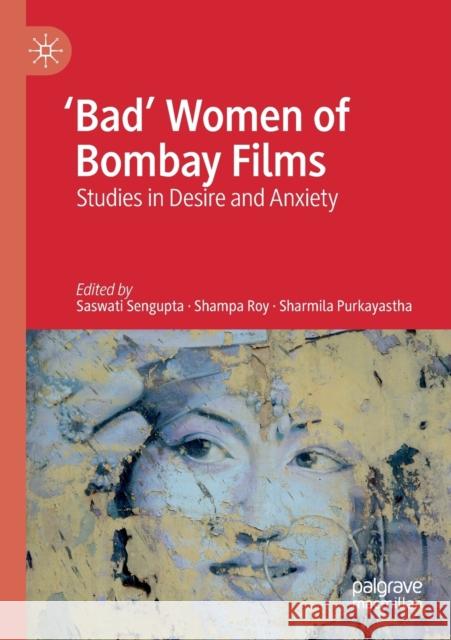'Bad' Women of Bombay Films: Studies in Desire and Anxiety » książka
topmenu
'Bad' Women of Bombay Films: Studies in Desire and Anxiety
ISBN-13: 9783030267902 / Angielski / Miękka / 2021 / 381 str.
'Bad' Women of Bombay Films: Studies in Desire and Anxiety
ISBN-13: 9783030267902 / Angielski / Miękka / 2021 / 381 str.
cena 524,53
(netto: 499,55 VAT: 5%)
Najniższa cena z 30 dni: 462,63
(netto: 499,55 VAT: 5%)
Najniższa cena z 30 dni: 462,63
Termin realizacji zamówienia:
ok. 22 dni roboczych.
ok. 22 dni roboczych.
Darmowa dostawa!
Kategorie:
Kategorie BISAC:
Wydawca:
Palgrave MacMillan
Język:
Angielski
ISBN-13:
9783030267902
Rok wydania:
2021
Wydanie:
2019
Ilość stron:
381
Waga:
0.48 kg
Wymiary:
21.01 x 14.81 x 2.11
Oprawa:
Miękka
Wolumenów:
01
Dodatkowe informacje:
Wydanie ilustrowane











